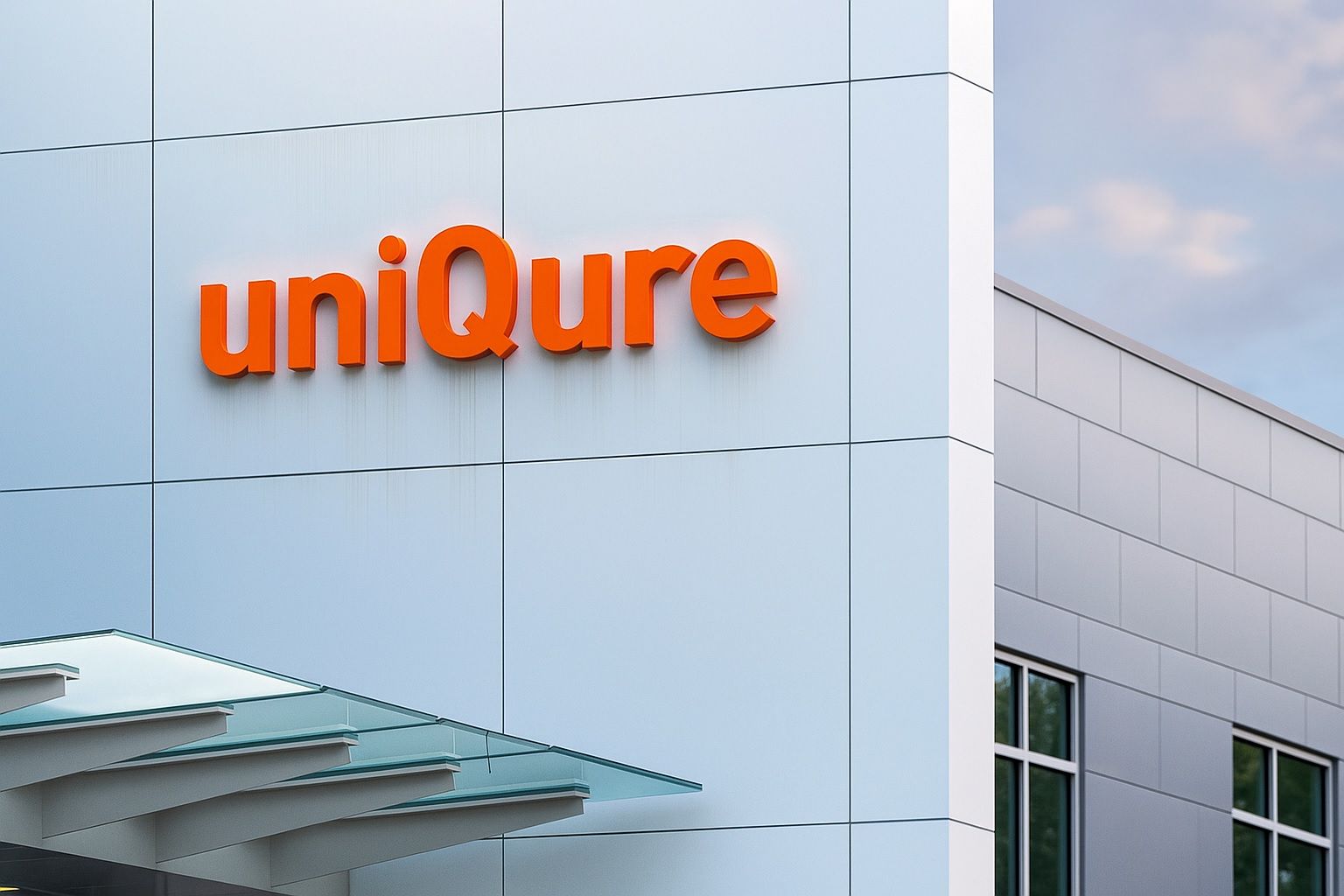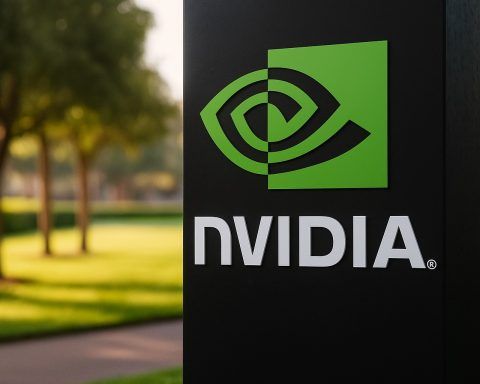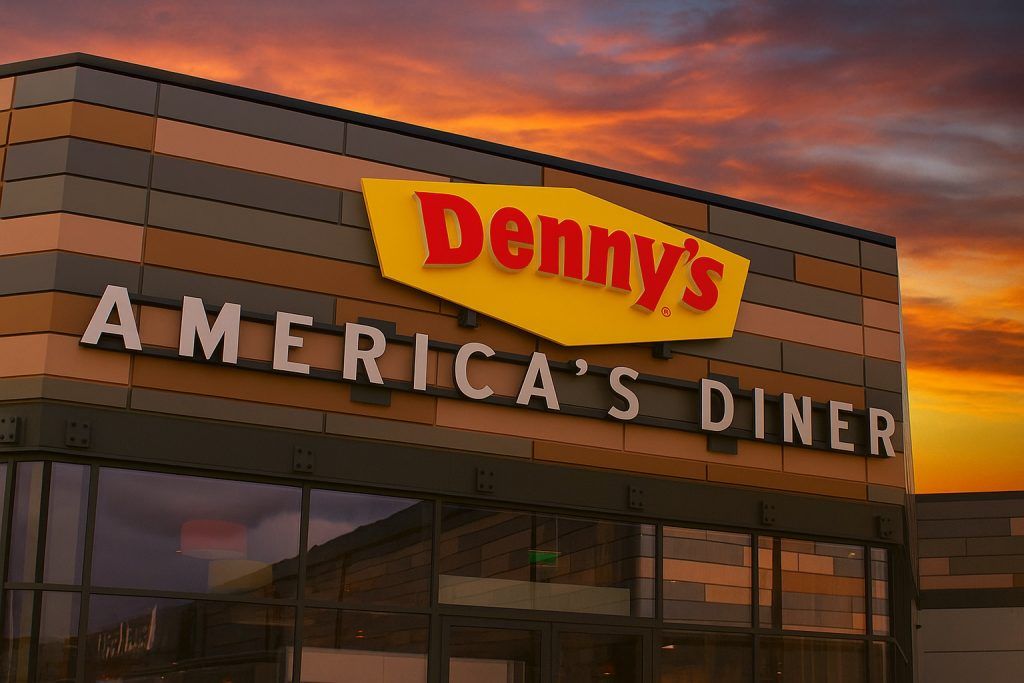- FDA U-turn triggers crash: uniQure (NASDAQ: QURE) shares fell over 50% in one day after U.S. regulators said current clinical data for its experimental Huntington’s disease gene therapy is not adequate for approval [1]. This reversal comes just weeks after uniQure’s trial results were hailed as “game-changing” [2].
- Wild price swing: QURE stock plummeted from about $68 to the low-$30s, erasing roughly half of its market value (now ~$2.1 B) [3]. It hit an intraday low near $23 before partially rebounding to ~$34 [4], still down ~54% on the news [5].
- Surprise FDA setback: The FDA no longer agrees that uniQure’s Phase 1/2 data (with external control) can support a BLA (marketing application) under accelerated approval [6] – a “drastic change” from prior guidance, uniQure’s CEO said [7]. The timeline for approval is now unclear, likely delaying any U.S. launch beyond 2026 [8].
- Analyst reactions: Experts call this a major regulatory setback [9]. Guggenheim’s analyst noted the FDA now sees uniQure’s analysis as “post hoc” (not pre-specified) [10], and another analyst warned new trials or data may be needed [11]. Some have cut price targets (e.g. one lowered from $76 to $53 [12]), though the pre-news consensus target was ~$68 with a Strong Buy rating [13].
- Investor sentiment & fallout: The shock has rattled biotech investors – uniQure’s stock had soared ~300% in September after positive trial data [14], and now enthusiasm has flipped to disappointment. Shareholder rights law firms quickly launched investigations for potential securities fraud (citing the 57% one-day plunge) [15] [16], reflecting investor outrage.
- Technical picture: Technically, QURE is in free-fall territory. The gap-down left no clear support levels; shares traded in a wide ~$22–$36 range on the crash day [17]. Volume spiked to ~30 million shares (vs. ~1–2 million typical), indicating intense selling pressure [18]. The stock is now well below key moving averages (which sit around $52–$62) [19], suggesting overhead resistance if it tries to rebound. Volatility is extremely high and further swings are likely [20].
- Gene therapy landscape: uniQure’s saga comes amid a cautious FDA stance on novel gene/cell therapies. Over the summer, Capricor’s Duchenne cell therapy and Replimune’s cancer therapy saw surprise FDA rejections due to insufficient evidence [21] [22]. This broader regulatory climate adds context to FDA’s hardened view on uniQure’s data. Still, the need in Huntington’s disease is dire – there are no approved disease-modifying treatments for this fatal neurodegenerative illness [23] [24] – which is why the earlier data had been so celebrated.
- Company fundamentals: Despite zero approved products of its own on the market, uniQure does have one gene therapy success under its belt: it developed the hemophilia B gene therapy Hemgenix, approved last year (commercialized by partner CSL) [25]. Revenue remains modest (TTM ~$14M [26] from milestones/royalties), and the company operates at a loss (~-$200M in the last 12 months) [27] as it funds R&D. However, financially uniQure is relatively well-capitalized: it held ~$377M cash mid-2025 and raised $300M in a stock offering in late September at $47.50/share [28], bolstering its cash runway into 2027 [29]. This war chest will be crucial if a lengthy Phase 3 trial is needed.
- Pipeline and competition: UniQure has positioned itself as a gene therapy leader, with a pipeline beyond Huntington’s. Its AMT-130 for Huntington’s was the lead candidate (Phase 1/2) [30]. It also has AMT-260 in early trials for refractory epilepsy (a recent first patient showed 92% seizure reduction [31]), an AMT-191 Fabry disease gene therapy (initial data showed enormous enzyme increases, allowing patients to go off standard enzyme replacement [32]), and research in ALS and other severe disorders [33]. This diversified pipeline means uniQure isn’t a one-trick pony – but AMT-130 for Huntington’s was by far the biggest value driver. Notably, the FDA had granted AMT-130 Breakthrough Therapy status and RMAT (Regenerative Medicine Advanced Therapy) designation [34], underscoring its potential. That the agency has now backtracked on an accelerated approval path (which uniQure believed was agreed upon [35] [36]) is a significant blow to the company’s near-term prospects.
- Recent news recap: In late September, uniQure stunned the market with 36-month data from 12 patients on high-dose AMT-130, showing a 75% slower disease progression vs. natural history controls [37] [38]. Experts hailed it as a breakthrough and shares skyrocketed (from ~$20 to over $60) [39]. The company promptly capitalized by issuing new shares (raising funds for future trials) [40]. It even planned to file for FDA approval in Q1 2026 under accelerated approval [41]. All seemed on track – until the Nov 3 FDA meeting where regulators essentially said “hold on, we need more” [42]. UniQure’s management expressed shock at the “very surprising” U-turn [43] [44], emphasizing they had followed FDA’s guidance and that the new stance is a “drastic change” from what was communicated in 2024 [45]. CEO Matt Kapusta lamented the news as “unexpected” and voiced disappointment for patients, while maintaining confidence in AMT-130’s potential and commitment to find a path forward [46].
- Market sentiment: The abrupt setback has clearly dampened sentiment around uniQure and gene therapy plays. Institutional investors who bought into the September equity offering at $47.50 are now deep underwater, which could lead to pressure on management. Retail investor forums switched from euphoria to post-mortems overnight. The fact that multiple law firms announced shareholder investigations within hours [47] highlights the level of investor frustration (alleging that uniQure might have failed to fully disclose FDA’s shifting stance earlier). That said, some long-term biotech investors see the sell-off as possibly overdone, if they believe the drug’s efficacy will eventually win approval. The stock stabilizing in the low-$30s (above its panic lows) suggests some buyers stepped in, perhaps betting that uniQure and the FDA will reach an accommodation or that the asset could still hold significant value (either through additional trials or ex-US approval routes).
- Analyst forecasts & price targets: Prior to this debacle, Wall Street was overwhelmingly bullish on QURE – out of ~12 analysts, the average rating was “Strong Buy” and the mean 12-month price target was ~$67-68 [48] (almost double the pre-crash price). These targets were predicated on AMT-130’s accelerated approval prospects and its multi-billion dollar revenue potential if it became the first treatment for Huntington’s. Now, those forecasts are in flux. At least one investment bank downgraded the stock on the news (William Blair cut QURE to Market Perform on Nov 4 [49]), and price targets are being trimmed – for example, Chardan Capital reaffirmed a Buy but slashed its target from $76 to $53 [50] to reflect the likely delay. We should expect further revisions as analysts factor in a possible Phase 3 trial (costly and time-consuming) or a lower probability of success. Still, some analysts may await more clarity from the company’s next update before fully recalibrating their models. Long-term bulls might argue the sell-off is an opportunity – if the drug works as the data suggest, eventually regulators could come around, albeit on a slower timeline. On the other hand, skeptics point out the FDA’s stance raises questions about whether the trial data are truly convincing or if unforeseen issues could yet emerge.
- Competitive and regulatory outlook: UniQure’s challenge now is to regain regulatory alignment. The company will receive formal minutes from the FDA meeting within 30 days and plans to “urgently engage” the agency to determine what additional analyses or studies are required [51] [52]. In plain terms, uniQure might have to conduct a Phase 3 trial with a traditional control group to satisfy the FDA’s evidentiary standards. Such a study could take a few years, meaning approval (if everything goes well) might not occur until 2027 or later. Alternatively, the FDA could be persuaded by further post-hoc analyses of existing data or by data from ongoing longer-term follow-ups – but investors shouldn’t count on a quick fix. On a brighter note, European regulators might be more flexible. UniQure has indicated it will pursue discussions in the EU and UK in parallel [53]. It’s possible the company could seek conditional approval abroad using the Phase 1/2 results, especially given the high unmet need in Huntington’s. Success in Europe could provide some validation (and potential early revenue) even as U.S. approval is delayed. Meanwhile, competitors in the Huntington’s field are scarce – a few other companies (Wave Life Sciences and Roche/Genentech) have had programs, but none with such dramatic results. Thus, uniQure’s AMT-130 remains a leading hope for patients, and even with the FDA setback, it retains substantial scientific and commercial potential if it can ultimately prove its worth in a larger trial.
- Near-term catalysts: Investors won’t have to wait long for more information. uniQure is scheduled to report Q3 2025 earnings on Nov 6, 2025 (later this week). On that conference call, analysts and investors will be keen to hear management detail this FDA feedback and their plan B (or C). Any hints on whether the FDA might require a brand-new trial, or if there’s any chance of leveraging the existing data (perhaps with an intermediate analysis), will be critical. Also, the company’s cash burn rate and updated guidance on runway will be scrutinized in light of potential new trial costs. Beyond that, by early December (within 30 days of the meeting), uniQure should have the official FDA minutes – at that point they may issue another update if it clarifies the regulatory path. Regulatory news from Europe could also emerge in coming months if they engage with EMA or MHRA. And outside of Huntington’s, uniQure has other irons in the fire: for example, more detailed Fabry disease trial data is expected in the first half of 2026 [54], and updates on the epilepsy gene therapy might come as that Phase 1/2a progresses. These could provide positive headlines to somewhat counterbalance the Huntington’s saga.
- Conclusion – balancing promise and risk: UniQure’s dramatic stock swing in 2025 encapsulates the rollercoaster nature of biotech investing. In a span of weeks, the company went from euphoric highs – with investors betting it had a blockbuster cure in hand – to a gut-wrenching setback as regulators tapped the brakes. For investors, the key questions now are: How resilient is uniQure’s long-term story, and does the current price fairly reflect the risks? The company still holds a leading position in gene therapy, a solid cash reserve, and promising science backed by strong early data. However, the FDA’s tougher stance introduces substantial uncertainty in timing and ultimate approval. Market sentiment has clearly been shaken, and it may take time (and new data) for confidence to rebuild. In the coming months, watch for management’s strategy to navigate the FDA impasse – whether that means designing a Phase 3 trial, seeking creative regulatory solutions, or even exploring partnerships. Also keep an eye on analyst updates and institutional moves (any big fund buying the dip or trimming stakes). UniQure’s stock, now around the low-$30s [55], is likely to remain volatile as new chapters in this story unfold. For now, investors have been reminded of an old lesson: in biotech, huge rewards often come with huge risks – and even “game-changing” results can face formidable hurdles on the road to market [56] [57].
References
1. www.reuters.com, 2. www.fiercebiotech.com, 3. stockanalysis.com, 4. stockinvest.us, 5. www.benzinga.com, 6. www.reuters.com, 7. www.globenewswire.com, 8. www.reuters.com, 9. www.reuters.com, 10. www.reuters.com, 11. www.reuters.com, 12. www.benzinga.com, 13. stockanalysis.com, 14. www.fiercebiotech.com, 15. www.businesswire.com, 16. www.businesswire.com, 17. stockinvest.us, 18. stockinvest.us, 19. stockinvest.us, 20. stockinvest.us, 21. www.fiercebiotech.com, 22. www.fiercebiotech.com, 23. www.fiercebiotech.com, 24. www.reuters.com, 25. www.globenewswire.com, 26. stockanalysis.com, 27. stockanalysis.com, 28. www.globenewswire.com, 29. www.stocktitan.net, 30. stockanalysis.com, 31. www.stocktitan.net, 32. www.stocktitan.net, 33. www.globenewswire.com, 34. www.globenewswire.com, 35. www.globenewswire.com, 36. www.stocktitan.net, 37. www.fiercebiotech.com, 38. www.reuters.com, 39. www.fiercebiotech.com, 40. www.globenewswire.com, 41. www.fiercebiotech.com, 42. www.reuters.com, 43. www.fiercebiotech.com, 44. www.fiercebiotech.com, 45. www.globenewswire.com, 46. www.globenewswire.com, 47. www.businesswire.com, 48. stockanalysis.com, 49. www.streetinsider.com, 50. www.benzinga.com, 51. www.reuters.com, 52. www.reuters.com, 53. www.globenewswire.com, 54. www.stocktitan.net, 55. www.benzinga.com, 56. www.fiercebiotech.com, 57. www.fiercebiotech.com












